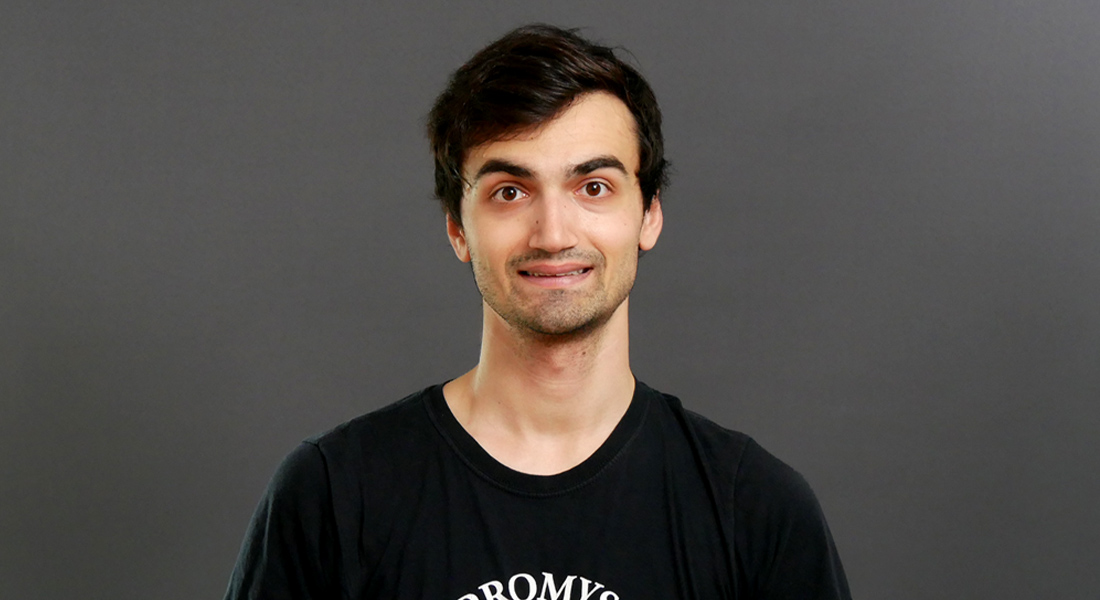Ishan Levy, postdoc
Ishan Levy started on 1 June 2024 as a postdoc in the section for Algebra and Geometry. He is a Clay Research Fellow and has chosen to bring his grant with him to Copenhagen.

Ishan Levy has a BA from Princeton University and received his PhD from the Massachusetts Institute of Technology in May 2024, under the supervision of Michael Hopkins. In Copenhagen, Ishan will be affiliated with the Copenhagen Centre for Geometry and Topology.
The Clay Mathematics Institute explains its honourable scholarship award with this portrait of Ishan:
“Levy is known for his deep and ingenious contributions to homotopy theory. His new techniques in algebraic K-theory have led to solutions of many old problems. In joint work with Robert Burklund, he established the rational convergence of the “Waldhausen tower” interpolating between the K-theory of the integers and one of the most important moduli spaces in the study of high dimensional manifolds, A(pt). He is most renowned for his work Ravenel’s Telescope Conjecture.
“In the late 1970s, Ravenel made a series of deep conjectures outlining a rich conceptual vision of stable homotopy. By the mid-1980s, all but the Telescope Conjecture had been proved. For over 40 years this remained the most important problem in this part of homotopy theory. Levy’s methods in K-theory led him, Burklund, Hahn and Schlank, to the construction of counterexamples, and, in joint work with Burklund, Carmeli, Hahn, Schlank and Yanovski, to an estimate of the growth rate of the stable homotopy groups of spheres that was completely untouchable by previous methods.”
Read the QantaMagazine article “An Old Conjecture Falls, Making Spheres a Lot More Complicated”.
You can find Ishan in office 04.3.06. See also Ishan Levy’s homepage
